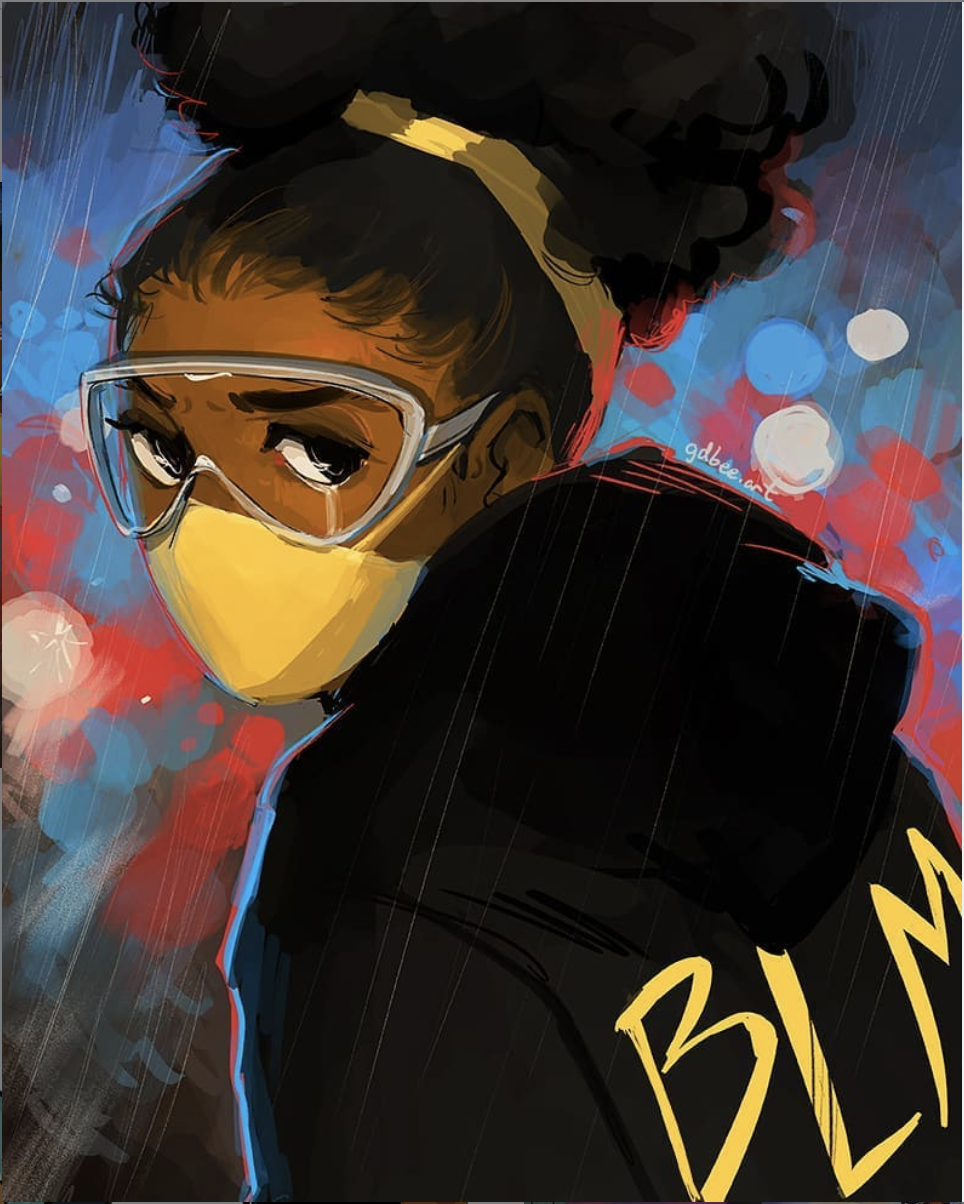You Good?
Read more to find out how three seemingly straightforward words, for medical student Charna Kinard, represented a spectrum of emotions, feelings and connotations in the setting of national news regarding policing and the Black Lives Matter movement and how this has shaped her path towards physicianship.

